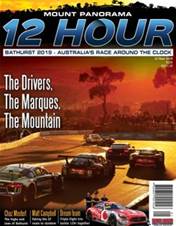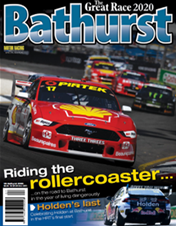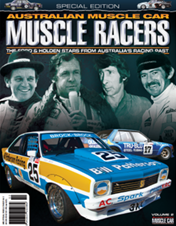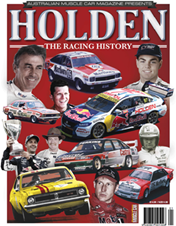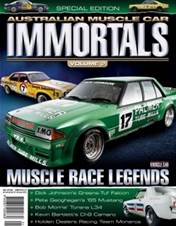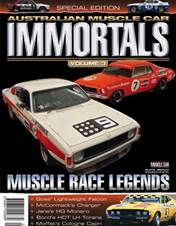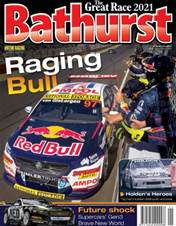What might have happened had Chrysler not shut its factory touring car racing effort when it did? It’s something to ponder, because by any fair assessment, the E49 Charger package was good enough to have won the ’72 Bathurst 500. The 1970 and ’71 Series Production seasons had not been easy years for Chrysler, but the hard work had been done – right at the moment the company chose to exit the sport. Had it stayed, it surely would have achieved some level of success through the rest of the 1970s. Leo Geoghegan would probably have gone on to become Chrysler’s touring car hero just as Ford had Allan Moffat as its star and Holden had Peter Brock. Fellow Chrysler works drivers Doug Chivas and Des West likewise would have figured prominently, although maybe not for long given ‘Dicey’ Doug by then was in his early 50s, and the not-much-younger West was near the end of a distinguished career.

But what of some of the other factory Valiant aces from that 1970-71 Pacer/Charger era, like Graham Ryan? At the time Ryan had 10 years’ experience as a specialist touring car driver under his belt, and was still only in his early 30s – unlike his older Chrysler team-mates, there was potentially plenty of racing years ahead of him. But the exit of Chrysler left the Sydneysider to struggle on as a privateer, the ever increasing costs of Group C in the late 1970s eventually persuading Ryan to call it quits after a troubled run in his Torana A9X in the ’78 Bathurst 1000.
Today the name Graham Ryan is one that’s remembered only by hardcore Australian motorsport fans and maybe the odd Mopar enthusiast. But had Chrysler not thrown in the towel when it did, it’s possible that Ryan today might be spoken of in the same breath as names like Brock, Morris, Moffat and Goss.

You have reached an article available exclusively to Premium members.
JOIN FROM AS LITTLE AS $6.66 A MONTH* FOR INSTANT ACCESS.
Already a member? Log in
* Billed annually at $79.90






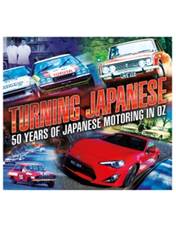
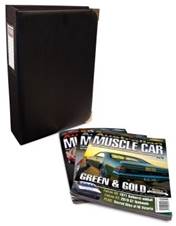


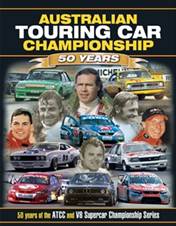

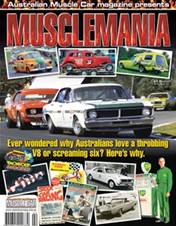
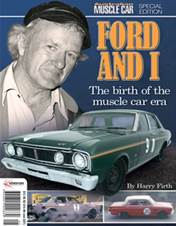
.jpg&q=70&h=226&w=176&c=1&s=1)
